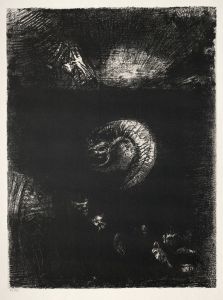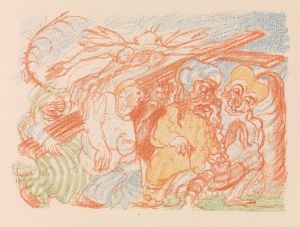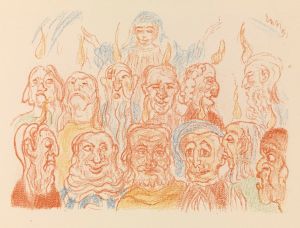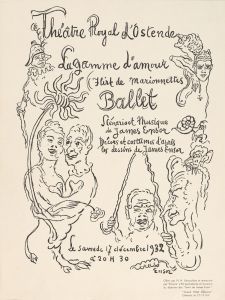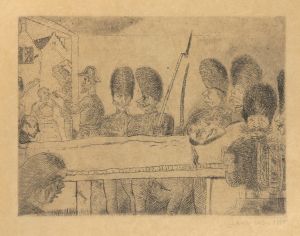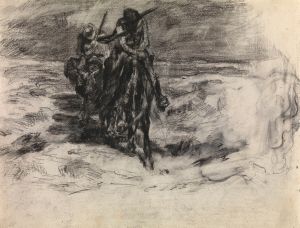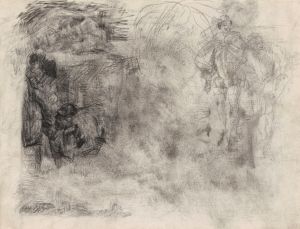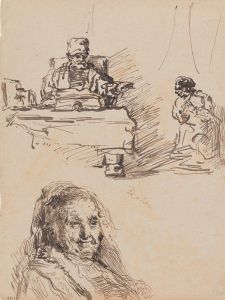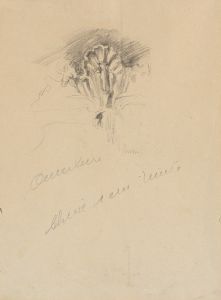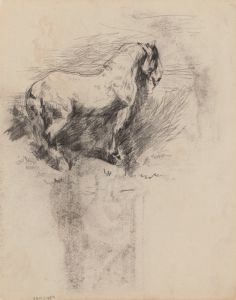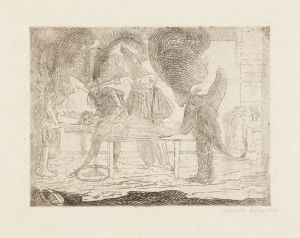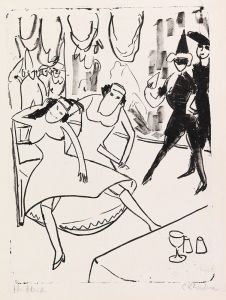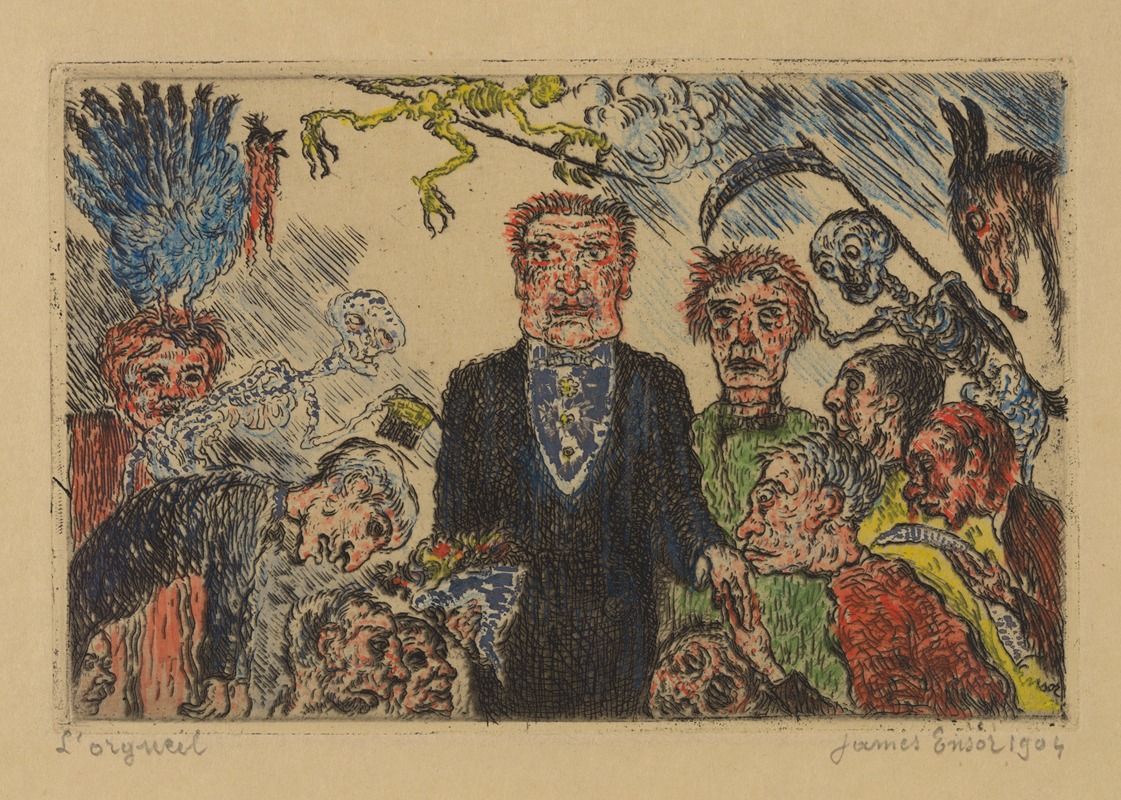
De hoogmoed
A hand-painted replica of James Ensor’s masterpiece De hoogmoed, meticulously crafted by professional artists to capture the true essence of the original. Each piece is created with museum-quality canvas and rare mineral pigments, carefully painted by experienced artists with delicate brushstrokes and rich, layered colors to perfectly recreate the texture of the original artwork. Unlike machine-printed reproductions, this hand-painted version brings the painting to life, infused with the artist’s emotions and skill in every stroke. Whether for personal collection or home decoration, it instantly elevates the artistic atmosphere of any space.
James Ensor, a renowned Belgian painter, is celebrated for his unique and often provocative works that delve into themes of existentialism, satire, and the grotesque. One of his notable paintings is "De hoogmoed," which translates to "The Arrogance" in English. This painting is a part of Ensor's broader oeuvre that frequently explores the human condition and societal follies through vivid imagery and symbolic content.
Ensor was born in 1860 in Ostend, Belgium, and spent much of his life there. His work is often associated with the Symbolist movement, although it also contains elements of Expressionism and Surrealism. Ensor's paintings are characterized by their bold use of color, intricate detail, and a penchant for the macabre and fantastical. He often employed masks and skeletons as recurring motifs to critique the superficiality and hypocrisy he perceived in society.
"De hoogmoed" is a prime example of Ensor's thematic focus on human vices and moral allegory. While specific details about the painting's creation and its current location are not extensively documented, it is consistent with Ensor's style during the late 19th and early 20th centuries. During this period, Ensor was deeply influenced by his surroundings in Ostend, a coastal city that provided both inspiration and a backdrop for his imaginative compositions.
The painting likely features Ensor's signature use of vibrant colors and complex compositions, inviting viewers to reflect on the nature of arrogance and its consequences. Ensor's work often juxtaposes the mundane with the fantastical, creating a sense of unease and prompting introspection. His use of masks, for instance, serves as a metaphor for the facades people wear in their daily lives, concealing their true selves and intentions.
Ensor's art was not always well-received during his lifetime. His unconventional style and subject matter were often met with criticism and misunderstanding. However, he remained committed to his vision, and his work eventually gained recognition and acclaim. Today, Ensor is regarded as a pioneer who paved the way for modern art movements by challenging traditional norms and exploring new artistic territories.
In addition to his paintings, Ensor was also a skilled draftsman and printmaker. His influence extends beyond his own work, impacting a wide range of artists and movements that followed. Ensor's legacy is preserved in numerous museums and collections worldwide, where his paintings continue to captivate and provoke audiences.
"De hoogmoed," like many of Ensor's works, serves as a testament to his ability to blend humor, critique, and artistry. It reflects his deep understanding of human nature and his willingness to confront uncomfortable truths through his art. Ensor's paintings remain relevant today, offering insights into the complexities of human behavior and the enduring power of visual storytelling.





